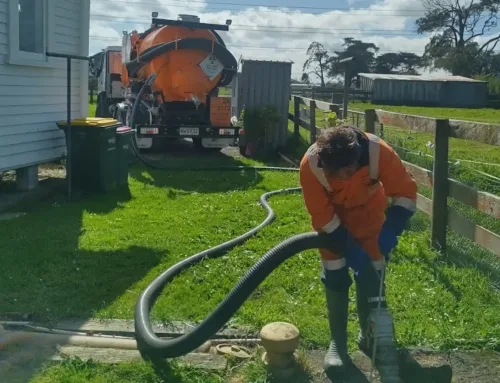The 9-Minute Rule for Reclaim Waste
The 9-Minute Rule for Reclaim Waste
Blog Article
The Ultimate Guide To Reclaim Waste
Table of ContentsThe 7-Second Trick For Reclaim WasteHow Reclaim Waste can Save You Time, Stress, and Money.Reclaim Waste Things To Know Before You Get ThisSome Known Factual Statements About Reclaim Waste The 2-Minute Rule for Reclaim Waste
Domestic sewage waste refers to the waste and items from a domestic septic tank. The appropriate administration and disposal of domestic sewer waste require fluid waste to be transferred to a sewage therapy plant where the proper techniques and equipment are applied to purify and dispose of waste.
Industrial waste often includes prospective dangers, such as flammable materials or a blend of liquid and solid waste items, and needs an advanced and detailed disposal procedure. The disposal of business waste usually involves the filtering of waste prior to transport to guarantee risk-free and proper disposal. Industrial waste is developed from results and overflow of industrial processes and manufacturing.
This type of waste can not utilize the same sewer management transport or processes as septic or industrial liquids. The industrial waste administration process calls for the evaluation and testing of fluid waste prior to it undertakes the disposal process (industrial wastewater treatment). Overflow waste is the liquid waste that comes from runoff and excess stormwater in very populated locations or cities
Runoff waste can cause contamination and flooding if not managed properly. Making certain correct waste management can prevent catastrophes and reduce ecological injury.
Not known Details About Reclaim Waste
Call PROS Services today to discover our waste administration and disposal services and the appropriate means to take care of the liquid waste you produce.
(https://reclaimwaste1.creator-spring.com)Do you know what takes place to your water when you disengage, purge the commode or drain the cleaning maker? No? Well, it's worth recognizing. This supposed 'wastewater' is not just an important source yet, after treatment, will certainly be launched to our land, rivers or the ocean. Utilized water from bathrooms, showers, baths, cooking area sinks, laundries and commercial procedures is referred to as wastewater.

water used to cool down equipment or tidy plant and tools). Stormwater, a type of wastewater, is runoff that moves from agricultural and metropolitan areas such as roofing systems, parks, gardens, roads, courses and gutters into stormwater drains pipes, after rain. Stormwater flows unattended directly to regional creeks or rivers, ultimately getting to the sea.
The Facts About Reclaim Waste Revealed
In Queensland, most wastewater is treated at sewage therapy plants. Wastewater is delivered from residential or industrial websites via a system of drains and pump stations, referred to as sewerage reticulation, to a sewer therapy plant. City governments build, preserve and run most sewer treatment plants. Operators are licensed under the Environmental Protection Act 1994 to discharge cured wastewater at an appropriate environmental requirement into rivers.
The Division of Natural Resources advises local federal governments concerning handling, operating and keeping sewage systems and therapy plants. In unsewered locations, regional governments may require householders to set up private or home sewage treatment systems to deal with domestic wastewater from toilets, kitchen areas, restrooms and laundries. The Department of Natural Resources authorizes the use this content of household systems when they are verified to be effective.
In some new subdivisions, therapy of some stormwater to remove trash, sand and crushed rock has started using gross contaminant traps. Wastewater therapy occurs in 4 phases: Gets rid of strong issue.
Uses little living microorganisms knows as micro-organisms to damage down and get rid of remaining dissolved wastes and fine particles. Micro-organisms and wastes are integrated in the sludge.
Reclaim Waste - Truths
Nutrient removal is not offered at all sewage therapy plants because it calls for costly specialised devices. Clear liquid effluent created after treatment might still consist of disease-causing micro-organisms - liquid waste disposal.

This typically means wastewater needs to be treated or pollutants removed prior to it can be discharged to rivers. Most wastewater moves into the sewerage system. Under the Act, city governments provide approvals and licences for environmentally relevant tasks (ERAs) entailing wastewater launches that could have a local influence. The division carries out authorizations and permits to Ages involving wastewater releases that could have a regional or statewide impact.
Some Known Facts About Reclaim Waste.
Or else, samples are considered research laboratory evaluation. Often many tests are required to develop the degrees of each of the different pollutants such as oils, heavy metals and pesticides in water. Tracking gives factual info about water high quality and can validate that licence problems are being satisfied. The details acquired via tracking provides the basis for making water top quality choices.
Report this page